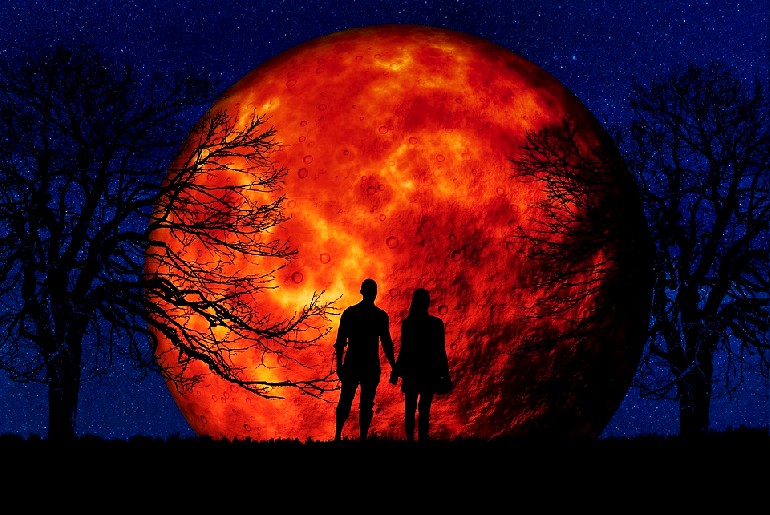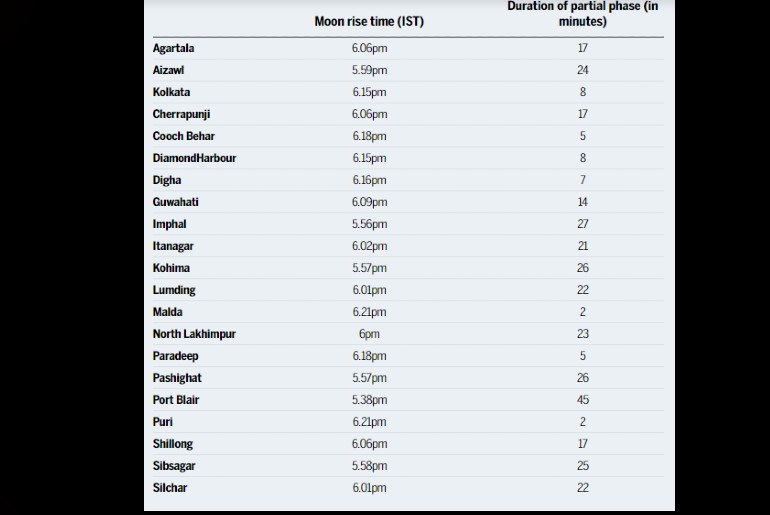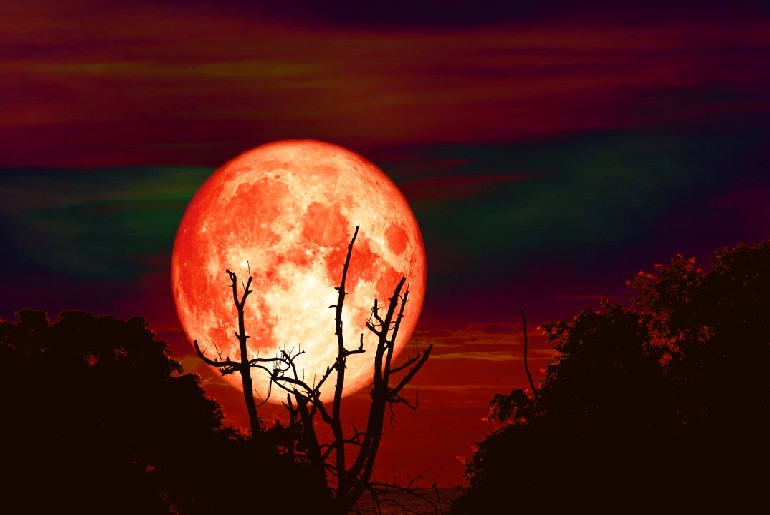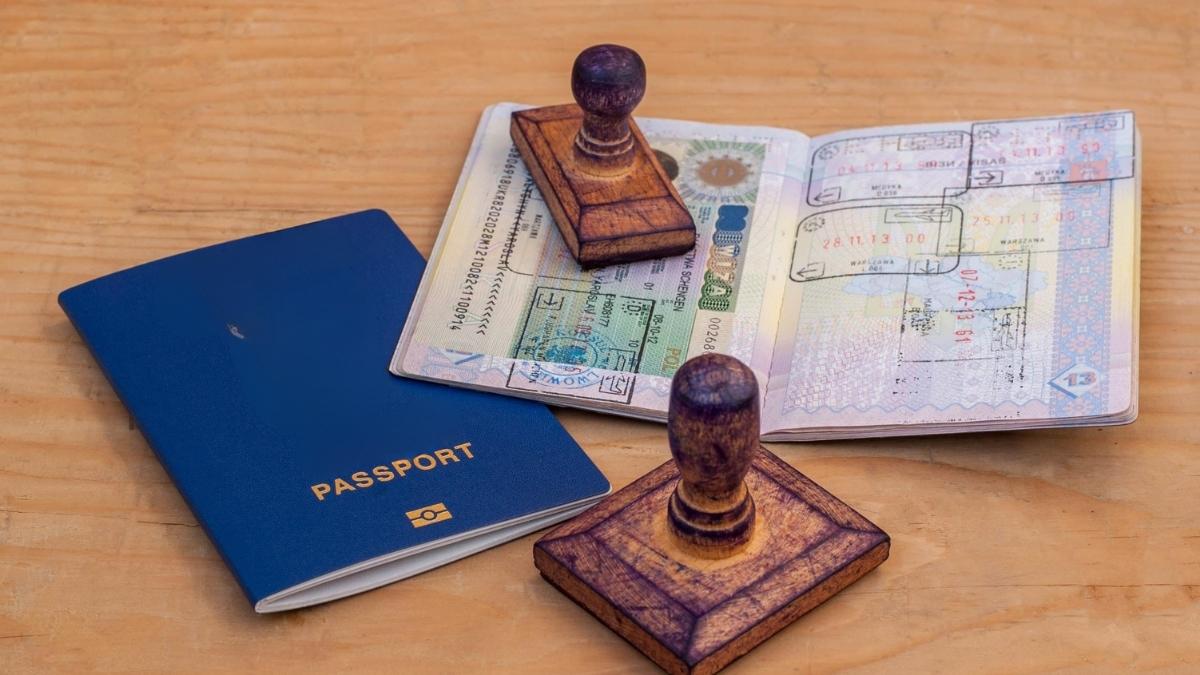The time of the year has come to witness the year’s biggest supermoon, the majestic super blood moon. The phenomenon will be occurring around the evening of May 26, 2021, in certain parts of northeast India, coastal Odisha, West Bengal, Andaman and Nicobar Islands. However, as tropical cyclone Yaas is hitting many parts of Odisha and West Bengal today, moon gazers in these zones need to have the great luck to get the skies clear, to behold the celestial spectacle. This will be the first lunar eclipse taking place in a period of over two years.

Also Read: Step Inside World’s First Space Hotel With Restaurants, Cinemas & Luxurious Rooms
The Total Phase Of The Lunar Eclipse Will Remain For Around 19 Minutes
The partial phase of the lunar eclipse will start at around 3:15 PM and the total phase will begin at 4:39 PM. The total and partial phases will end at 4:58 PM and 6:23 PM respectively. Eventually, the partial phase will stay for a longer duration. The phenomenon will appear in places like Agartala, Imphal, Guwahati, Cherrapunji, Kolkata, Cooch Behar, Digha, Paradeep, Port Blair, Puri and Shillong, among others. The timings of the lunar eclipse when lunar eclipse will be visible from different parts of India, as notified by the Ministry of Earth Science, are as follows:

A partial lunar eclipse can also be witnessed from India on November 19. A total lunar eclipse will occur again next year, around May 15 or 16. 16-Year-Old Indian Boy Captures ‘Clearest’ Picture Of Moon, Gets Viral In No Time

Also Read: Noida Man Gifted Land On Moon By American Company For Working Hard
What Is A Supermoon Or Perigee-Syzygy?
According to the India Meteorological Department, today’s total lunar eclipse will also be visible from parts of Australia, Antarctica, North America, South America, Asia, the Indian Ocean and the Pacific Ocean. In today’s sky event, a supermoon, a red blood moon and a lunar eclipse will occur at the same time. The phenomenon of supermoon or perigee-syzygy takes place when the moon arrives closest to the Earth’s surface in its ‘full’ or perigee phase.

The supermoon is much larger and radiant than the moon we see on the other days. These supermoons are referred to as ‘super’ because they appear about seven percent larger and fifteen percent brighter than the usual size.
First Published: May 26, 2021 12:10 PM



